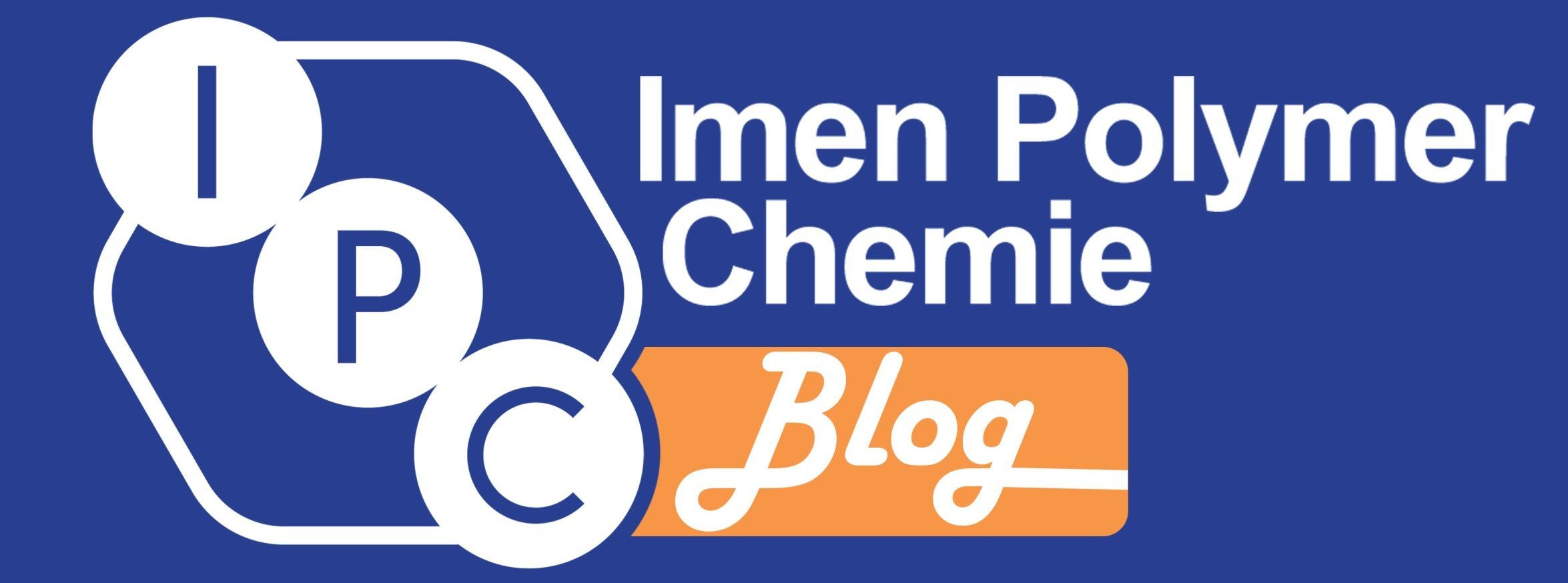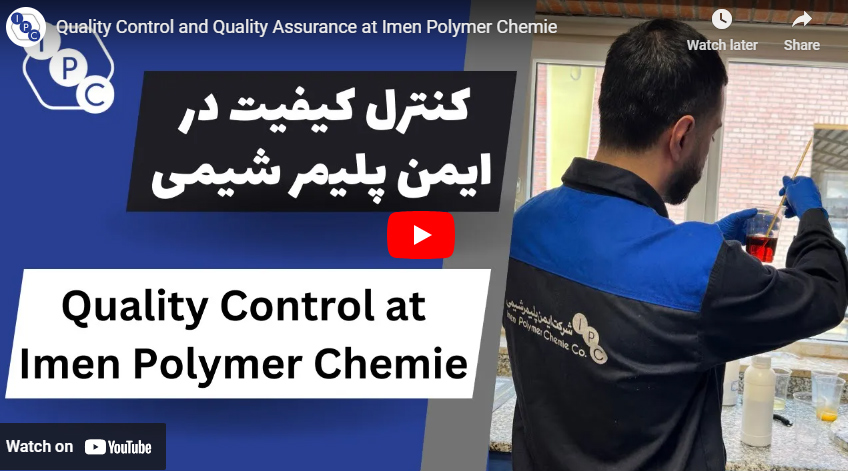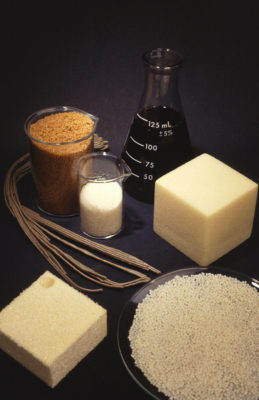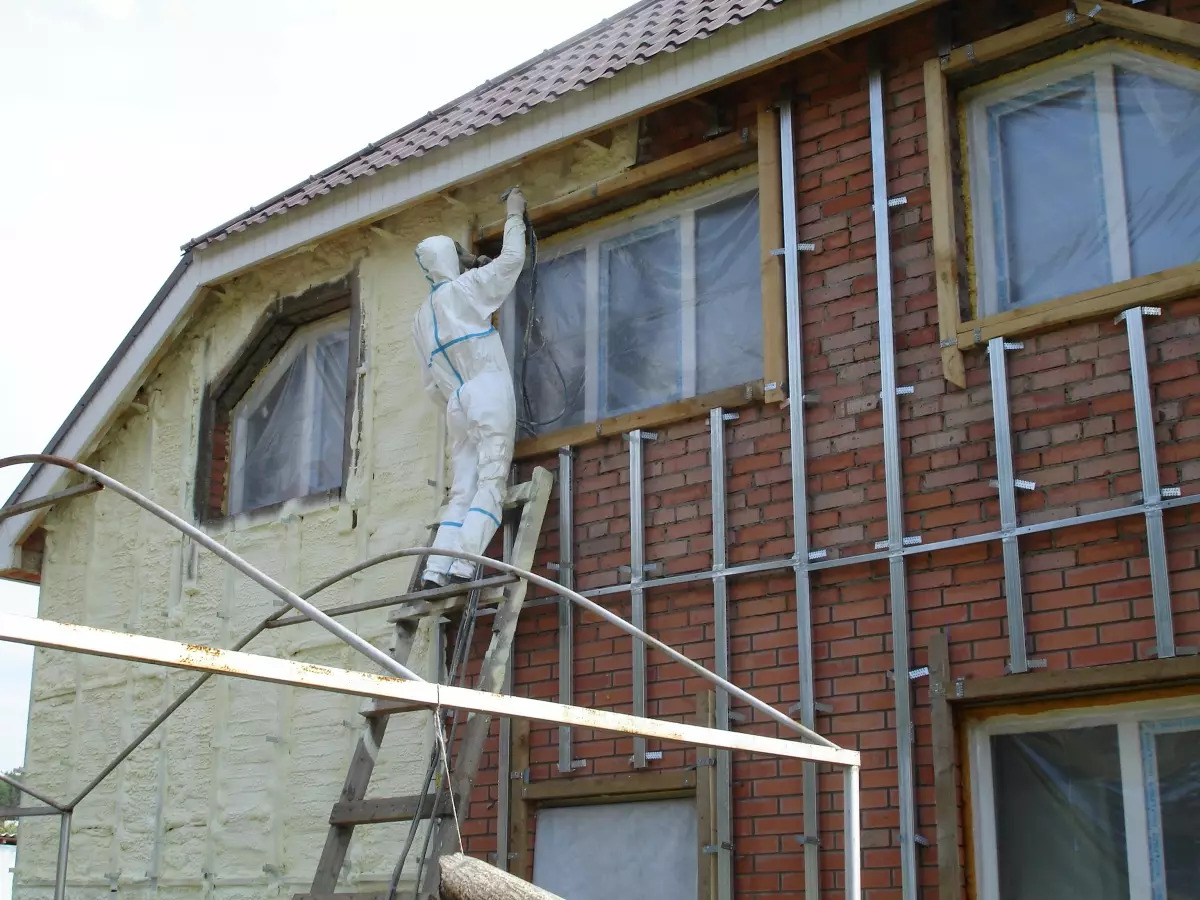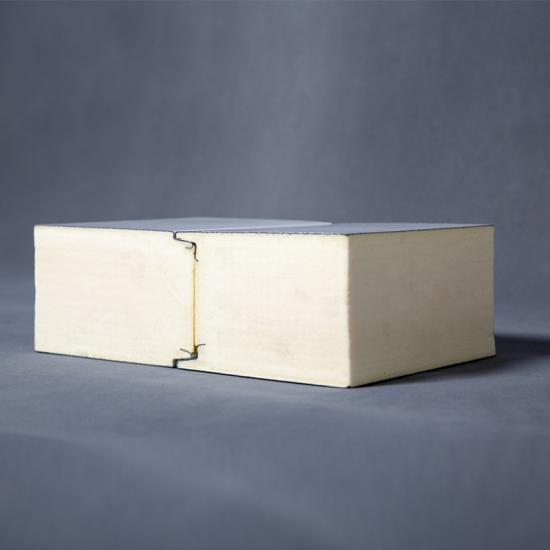Table of contents
Noise pollution is a critical problem of daily life accordingly, one of the main criteria of an ideal home is how sound insulated it is. If you are tired of screams or laughing of your neighbour next door or if you want to fall asleep after a hard day work, but the noise of the adjoining rooms does not allow you to rest in peace, it means the walls of your home are not properly insulated.

Sound is a mechanical device. There are several types of noises we try to control in our homes or offices. There are two types of mechanisms for sound transmission. The first mechanism is the transmission of sound through airborne noise such as the sound of cars, music, people’s conversation, etc., which is called airborne mechanism. But another mechanism of sound transmission is called impact mechanism, where sound is transmitted from within the structural components themselves, such as hitting a wall, strolling or hitting upper class people.
The sound moves through the air at different wavelengths. When a sound wave hits a wall or object, it can be absorbed, reflected, broken, scattered, or transmitted.
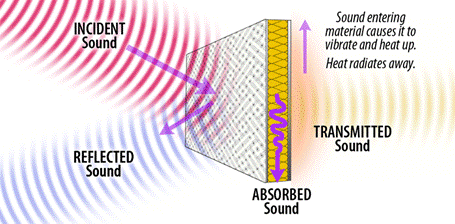
Several different scales are used to measure the effectiveness of sound insulation materials. STC is the Sound Transmission Class, and NRC is Noise Reduction Coefficient.
– STC (Sound Transmission Class): IT is a method of comparing how well windows, doors, floors, walls and ceilings are at reducing sound transmission or transmission loss; in fact, it tells us how many decibels the barrier can reduce. So, the higher the rating, the better.
– NRC (Noise Reduction Coefficient): The Noise Reduction Coefficient (NRC) measures the amount of sound a material absorbs or reflects on a scale of 0 to 1. In simple terms, an NRC of 0.8 would mean the material absorbs 80% of noise while reflecting the remaining 20%.
What is the solution?!
The human hearing range is in the range of 20 Hz to 20,000 Hz. As a result, the human ear does not detect frequencies less or more than this range. Hence, the importance of absorbing sound absorbers in this frequency band is important and sound analysis is usually performed at this frequency. Sensitivity to different frequencies is affected by various factors such as the age of the person and the physical conditions of the environment, but the most important frequency range for daily calls is 500 Hz to 2048 Hz.
Soundproofing is the process of isolating or blocking the sound, not allowing it to enter or to leave a room. To do this you will need to use materials that are designed to not let sound through. Sound Absorption relies on materials that are good at absorbing sound, such as acoustic panels to reduce the echo inside of a room. Sound absorption, while not being great at soundproofing, will still help with it, which is why you might want to use it in conjunction with sound-blocking materials to achieve the best results.
The most effective acoustic insulation is when the space between the walls is tightly sealed with a dampening material. It should be emphasized that there’s a number of bays in walls (e.g. electrical switchboard, flush-mounted electrical boxes) and systems (e.g. water, heating, gas, ventilation, wiring) which reduce acoustic insulation. What is more, a frequent insulation mistake is to use insulating material of insufficient thickness and leave spaces inside the wall which reduce acoustic insulation. The only system which allows for complete and seamless filling of installation spaces is polyurethane foam.

Spray Polyurethane Foam for sound insulation
Polyurethane spray foam materials used for soundproofing are either open cell or closed cell, consisting of 2 components polyol and isocyanate (methylene diphenyl diisocyanate or polymeric MDI), these materials rapidly expand upon mixing and spraying on the surface or wall. Closed-cell foam is just that, the cells or bubbles form closed and solidify into a more durable and rigid mass so, making it more rigid and impermeable to moisture and air. It is much denser than open cell foam and can have a density of over three times that of open cell foam.
In an open-cell spray foam, it has open cells and many air pockets inside of it; in other words, the ‘cells’ are left open, making the material softer and more flexible. Open cell polyurethane foam is capable of expansion up to 150 times the initial volume therefore, it is very affordable. In addition, the interconnected open cells trap and absorb sound waves and make it a suitable sound barrier. To prevent the transmission of sound through the wall, sound waves must be absorbed, blocked, and damped. While, closed-cell foam is much denser and even forms an air barrier, open-cell is still better at absorbing sounds as well as for soundproofing because it doesn’t transmit vibrations like closed-cell does, and since it expands a lot more than closed-cell foam it also ends up covering a larger surface area as a result, normally, open cells foams are appropriate for sound insulation applications, while closed cells foams are appropriate for thermal insulation applications.
Advantages of Polyurethane Spray Foam Sound Insulation
– High execution speed and ease of spraying
– Excellent adhesion without the need for glue, screws, welding, etc.
– Foam durability and long life
– Resistance to physical and chemical changes (solvents and acids) as well as microbes, bacteria and fungi
– High durability against temperature conditions (110 ° C), without deformation or shrinkage
– Excellent resistance to cracking, impact, bending or corrosion
– Ability to fill in gaps and blind spots in the wall despite obstacles such as power cables, water pipes, etc.
– Impermeable to moisture and water vapor
